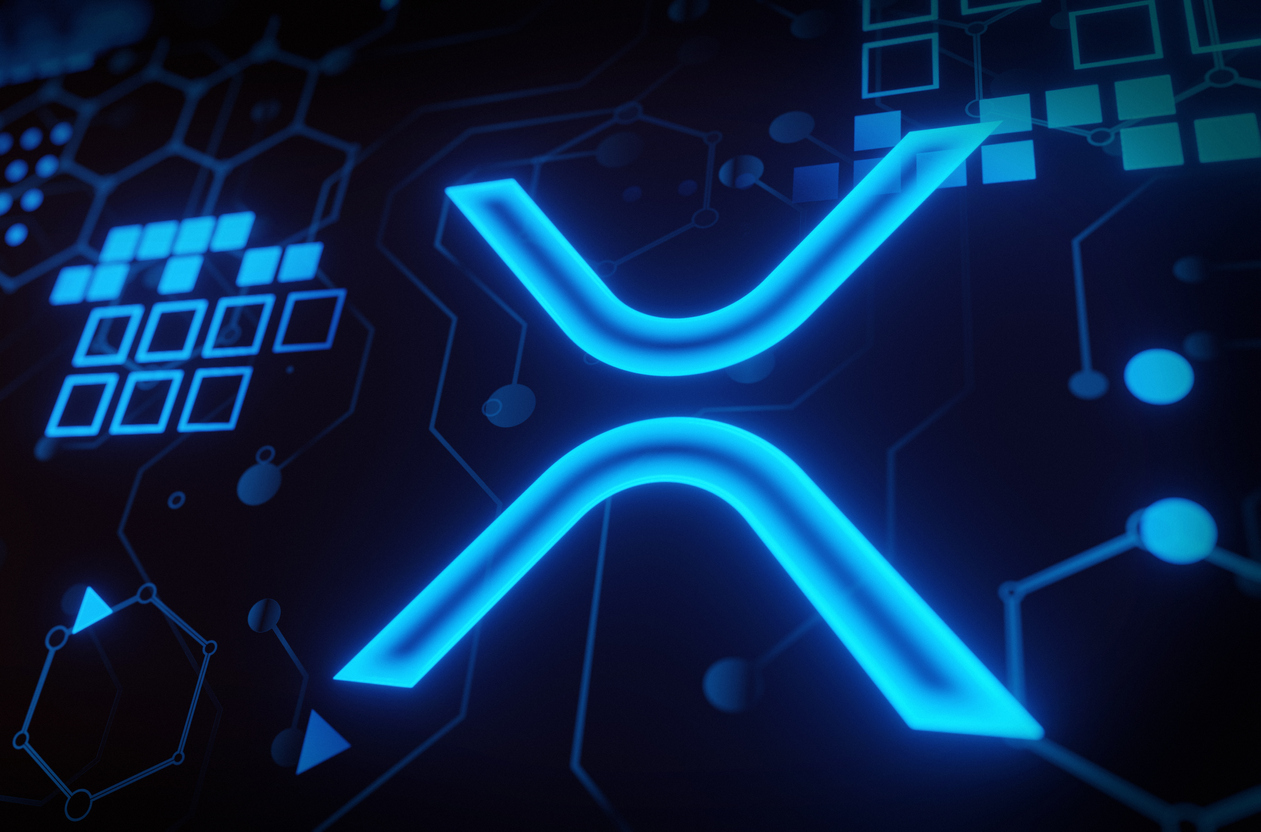The XRP Ledger (XRPL) Grants Program has launched its sixth wave, providing an exciting opportunity for developers to create innovative financial projects on the XRPL. The focus of Wave 6 is on projects that address financial inequities, streamline traditional financial processes, and provide new use cases for the XRPL. The program is open to developers worldwide, and applications will be accepted until June 18, 2023.
Big news for developers building innovative Web3 financial projects:
Applications for #XRPL Grants [Wave 6] are now open through June 18, 2023.
Apply now and come build on the XRP Ledger:https://t.co/mQUf5ChT9z
— RippleX (@RippleXDev) April 25, 2023
What Is Ripple’s Grants Program?
The Grants Program seeks various projects, including applications, services, tools, and middleware. These projects will tackle various financial use cases, such as financial equity and inclusion, regenerative finance, decentralized finance, data and indexing, payments, e-commerce, merchant tooling and integration, tokenization, decentralized compliance and security, interoperability, developer tools, oracles, and insurance.
The protocol’s Ledger is an open-source, energy-efficient, and decentralized blockchain offering a wide range of tokenization, settlement, and liquidity capabilities. These capabilities make it an ideal platform for building new financial use cases. The Grants Program seeks developers who can use these features to create innovative and valuable applications.
Furthermore, the XRPL is a versatile and powerful blockchain offering unique financial use case features. Its native functionality includes a decentralized exchange (DEX), trust lines, and escrow, which provide security, reliability, and efficiency right out of the gate. Developers can build financial applications quickly and easily without learning complex smart contracts.
Another key advantage of the XRPL is its low-cost, highly performant architecture. It can handle up to 1,500 transactions per second and settle transactions in 3-5 seconds with minimal energy costs.
In addition, the program supports the incorporation of both NFTs and fungible assets for real-world asset tokenization. This means that developers can easily create digital representations of real-world assets, such as property or artwork, and trade them on the XRPL. This opens up a whole new realm of possibilities for financial applications, and the XRPL Grants Program is looking for developers who can take advantage of this potential.
XRPL And The Future Of Digital IdentityThe XRPL ecosystem has also announced that it is set to welcome a new partner, Fractal ID, which will provide digital identity technology to the open-source blockchain. This integration aims to enhance the know-your-customers and anti-money laundering (KYC/AML) processes and protocols for participants in the XRPL ecosystem, ultimately leading to a better experience for all developers and their end users.
Fractal ID is a leading provider of digital identity technology and enables compliance processes like KYC and AML. With this integration, participants in the protocol’s ecosystem can onboard and move seamlessly across decentralized apps (dApps), making it easier to interact with different applications.
One of the key advantages of this collaboration is the ability to make identity verification necessary only once, enabling a seamless user experience across all of the protocol’s dApps. This means that users will no longer need to repeatedly verify their identity when using different dApps on the protocol, creating a more streamlined and user-friendly experience.
Developers can also benefit from this integration, as they can now better serve more users. With exciting features anticipated to be proposed to the XRPL, such as the automated market makers (AMM), sidechains, and Hooks, developers can leverage Fractal’s digital identity solution across many use cases, creating more innovative and diverse applications on the XRPL.
Featured image from iStock, chart from TradingView.com











